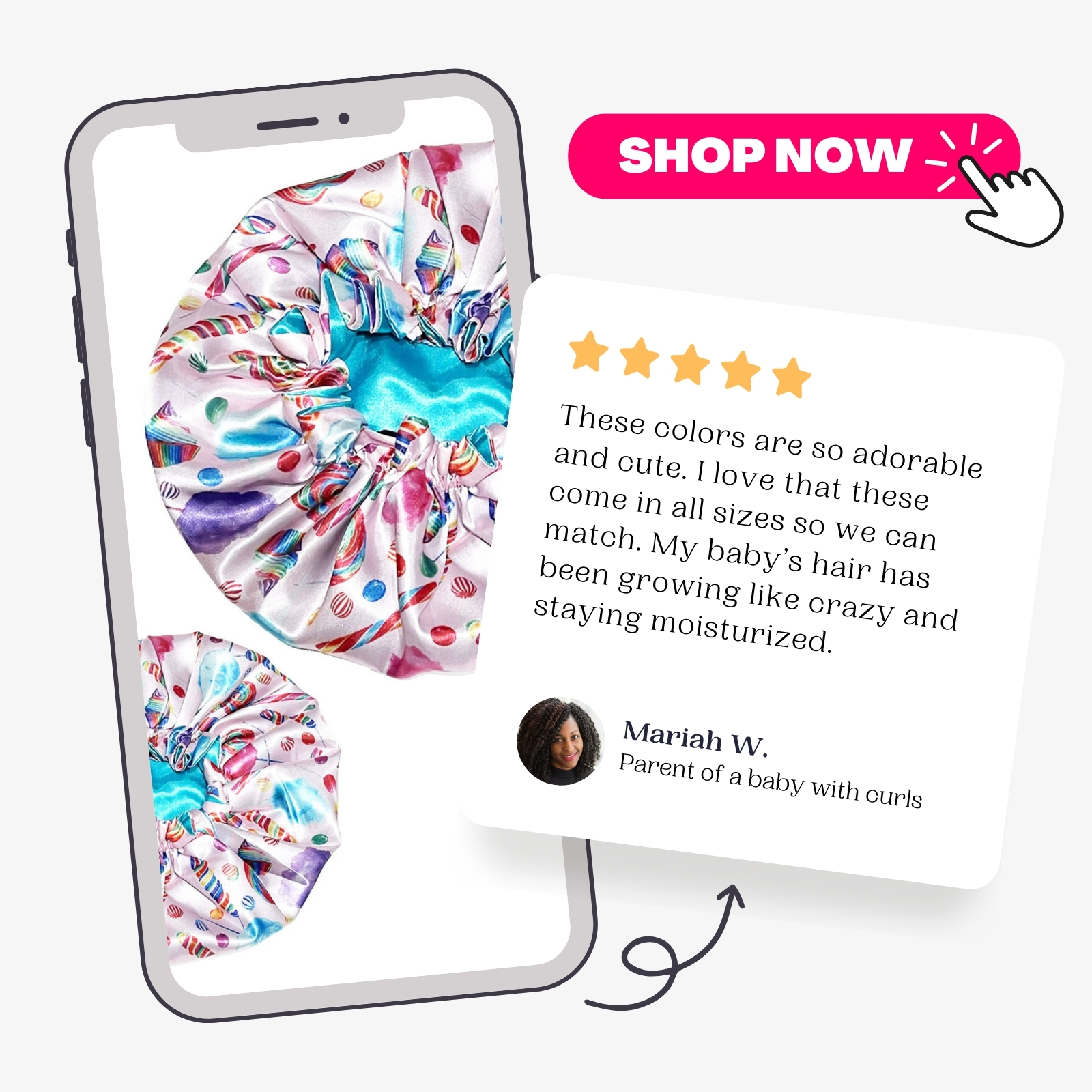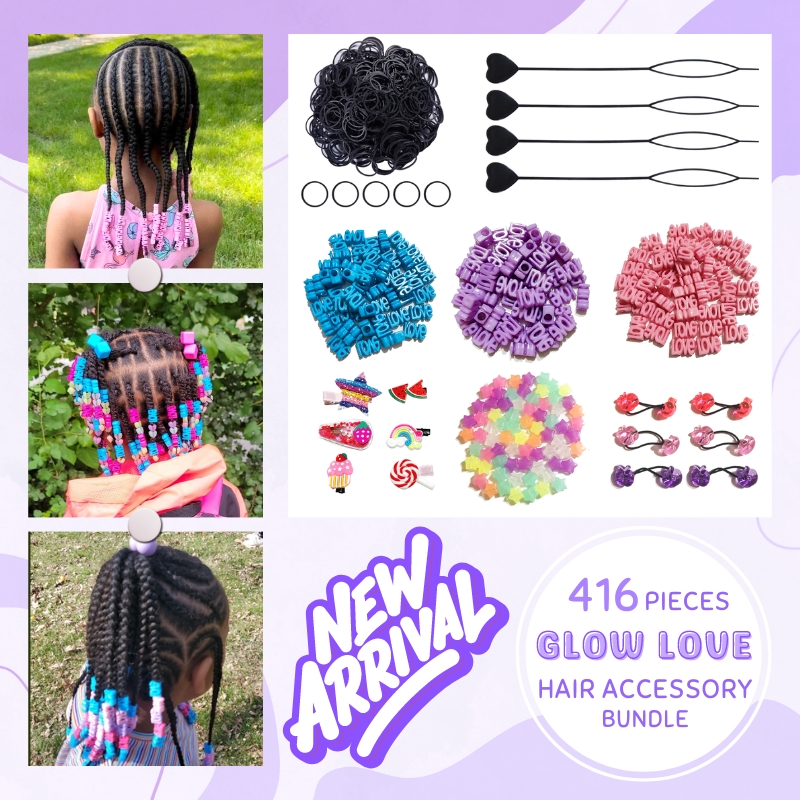
Hair Types
The best way to see your child’s curl definition is after you have washed their hair and their hair has air dried without product.
Knowing your child’s hair type will enable you to choose more suitable products and will help provide you with guidance for how you should handle their hair.
It’s quite common for children to have more than one hair texture. Their edges may be 4b while the majority of their hair is 4a type. Or they may have 4a hair with some 3c strands for example.
The Andre Walker hair typing system is not a 100% solution to understanding your child’s hair, but it does provide you with a good starting point. The classification system ranges from straight hair types to curly hair types. Curly hair types include: 2a, 2b, 2c, 3a, 3b, 3c, 4a, 4b, 4c. Use the below photo as guidance and always go by what you know works best for your child’s hair.
Hair Type
Curl Pattern
Your curl pattern shows the amount of wave or curl in your hair, and is divided into wavy (type 2), curly (type 3) and coily (type 4). Knowing your curl pattern will help you find the right products, styles and care tips for your hair.
Density
Density refers to how closely individual strands of hair are packed together on your scalp, and ranges from low to high. Knowing your hair density will help you choose the right products and styles to maintain the volume of your hair.
Porosity
Porosity refers to how easily your hair is able to absorb and hold moisture. Knowing your hair porosity will help you choose the right products to keep your hair moisturized, strong and shiny.
Width
Hair width refers to the thickness of individual strands of hair, and can range from fine to coarse. Knowing your hair width can help you maintain the length and health of your hair.
Length
In addition to your curl pattern, your hair length can determine which products you should use as well as how to apply them. It will also help you choose the best styles and tools to achieve the look you want.






20 Comments